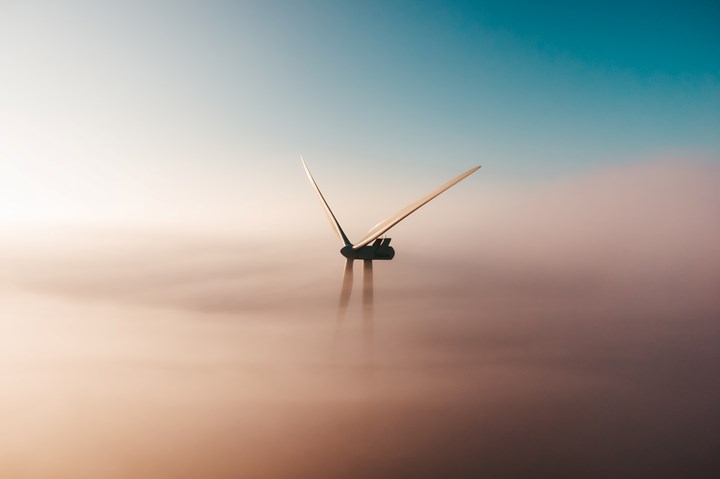Wind energy's ascent from then to now
Wind energy has always been a highly lucrative business for composites fabricators — even 15 years ago. This popular evergreen article from CW gives a new perspective on just how far this end market and its composite wind blades have come.
Wind energy has always been a highly lucrative business for composites fabricators — and even more so within the last few years as the industry has exploded amidst the world’s increasing environmental conscious. According to Spherical Insights’ market report, the global wind energy market is expected to grow from $79.7 billion in 2021 to $151.47 billion by 2030.
While certainly daunting, these numbers come as no surprise. Based on past reports by CW editors, such as “Wind turbine blades: Big and getting bigger,” originally published in June 2008, this industry has “dramatically transformed the scale of its offerings to meet the needs of the market.” Even 15 years ago, wind was being acknowledged for its rise from a marginal application into a global giant — and the ever-increasing size of its blades.
Within this article, CW explored top turbine suppliers, new installed wind energy capacity, trends in composite turbine blade and rotor production, the global demand forecast for wind energy and a variety of other metrics. We definitely recommend taking a look at this blast from the past — its statistics and predictions are eye-opening in the face of what we know now, based on news and article reports published by CW the last few years.
For a general overview of the 2022 renewable energy market, readers can take a look at “Composites end markets: Energy (2023).” Industry reports, installation announcements, new partnerships and more can be seen here.
Related Content
-
RTM, dry braided fabric enable faster, cost-effective manufacture for hydrokinetic turbine components
Switching from prepreg to RTM led to significant time and cost savings for the manufacture of fiberglass struts and complex carbon fiber composite foils that power ORPC’s RivGen systems.
-
JEC World 2023 highlights: Recyclable resins, renewable energy solutions, award-winning automotive
CW technical editor Hannah Mason recaps some of the technology on display at JEC World, including natural, bio-based or recyclable materials solutions, innovative automotive and renewable energy components and more.
-
Novel composite technology replaces welded joints in tubular structures
The Tree Composites TC-joint replaces traditional welding in jacket foundations for offshore wind turbine generator applications, advancing the world’s quest for fast, sustainable energy deployment.













